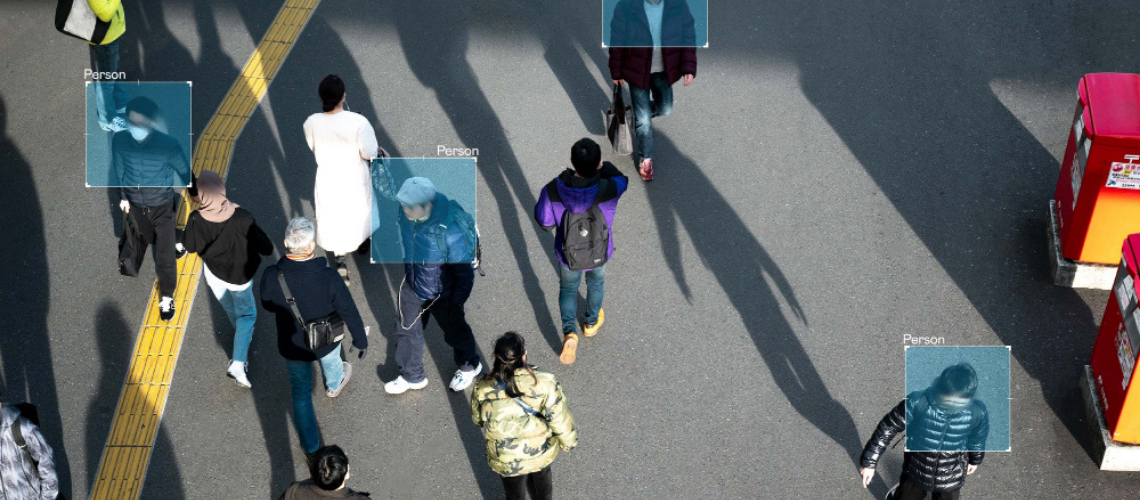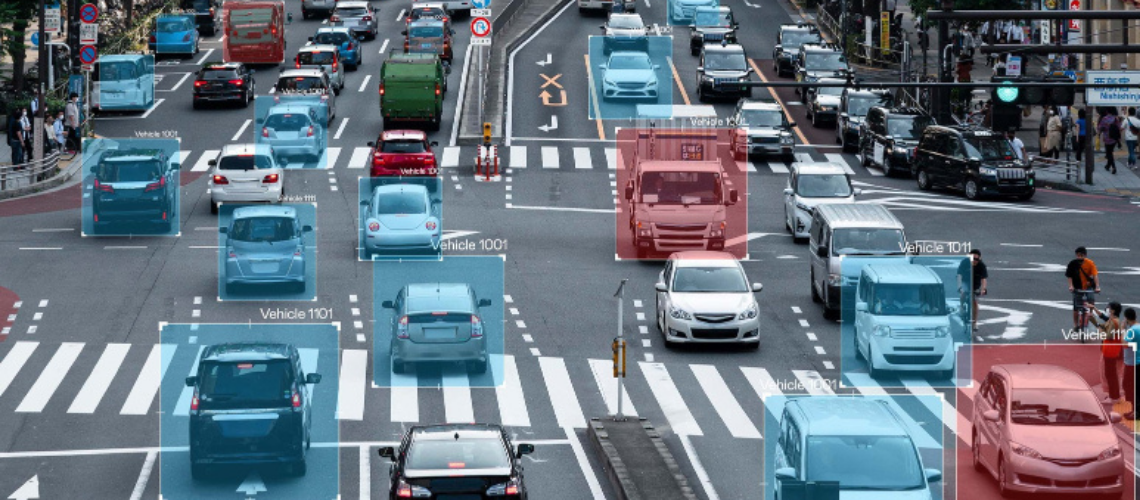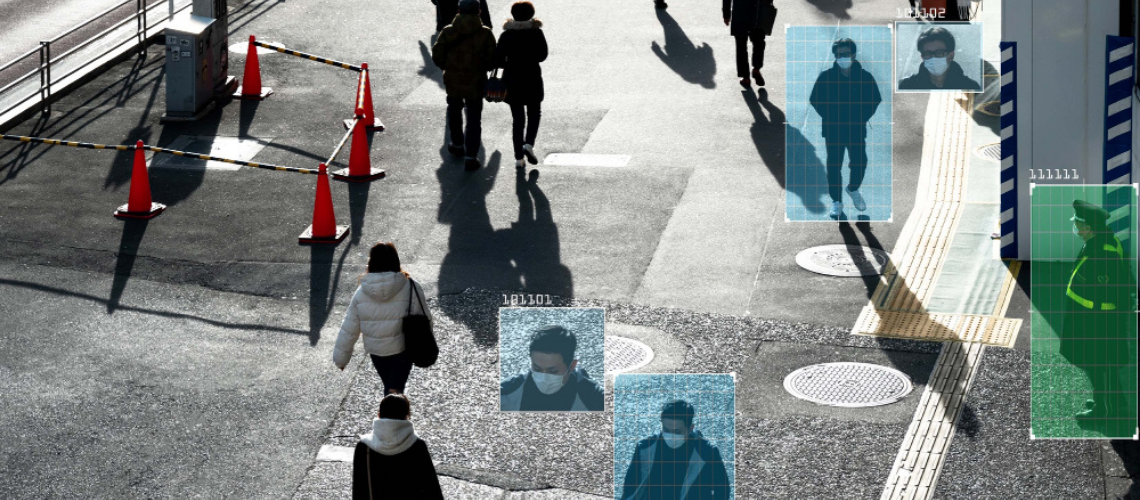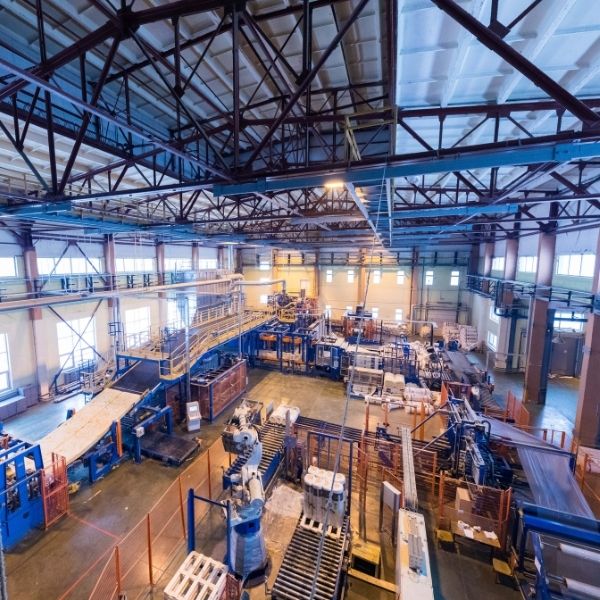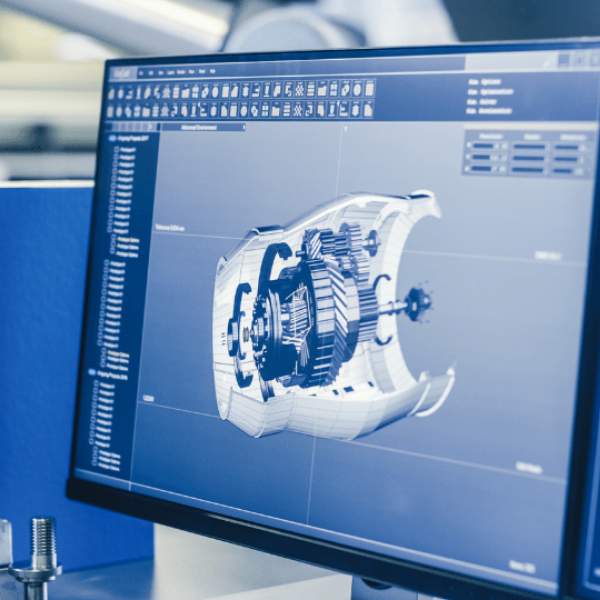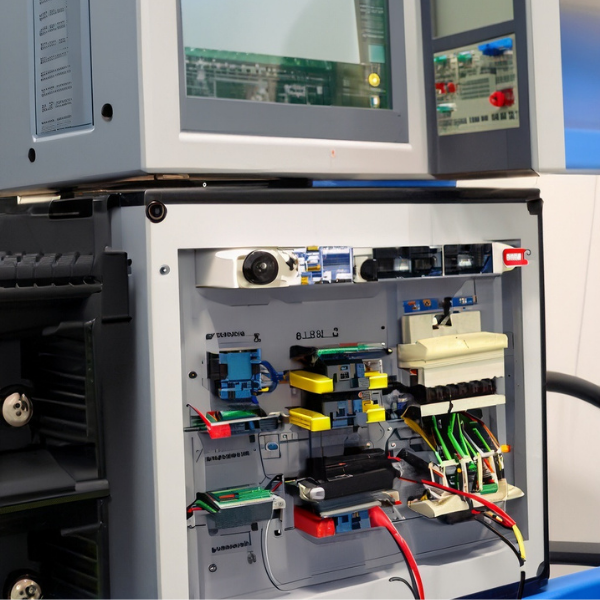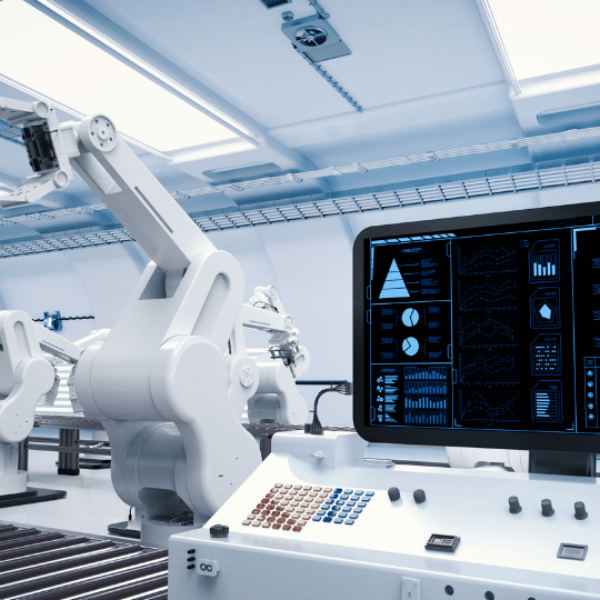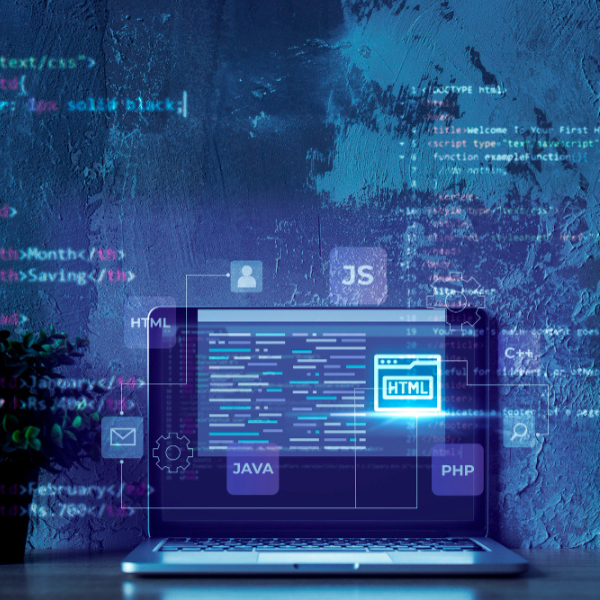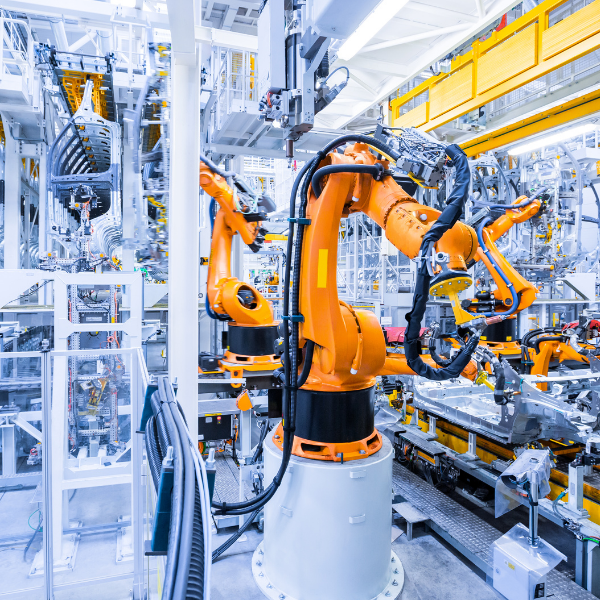Image Processing and Artificial Intelligence
The convergence of next-generation technologies
The combination of image processing and artificial intelligence (AI) technology has witnessed revolutionary developments in various industries in recent years. The merging of these technologies is bringing about profound changes in many sectors, enhancing efficiency, and providing solution-focused approaches.
Quality control and increased industrial production efficiency
Image processing and artificial intelligence also have a significant impact on industrial production. Cameras on production lines examine the visual characteristics of products, detecting faulty items. This also allows for more efficient and faster management of production processes, helping businesses reduce costs and increase competitiveness. The combination of image processing technology and artificial intelligence is driving transformation in many sectors, including automotive, pharmaceuticals, security, education, and industrial manufacturing. The widespread adoption of these technologies in the future will lead to further innovation and increased efficiency.
Autonomous driving
Autonomous driving technology is set to be one of the most significant innovations shaping the future of transportation. The integration of artificial intelligence and image processing technology in this field allows vehicles to analyze their surroundings and make real-time decisions. Data obtained from cameras, lidars, and radars are processed using AI algorithms, enabling vehicles to recognize and navigate objects. This translates to a radical improvement in road safety and driving experience.
Diagnosis and diagnostic accuracy
Imaging technology plays a crucial role in the field of medicine. Data obtained through methods like MRI, CT, and ultrasound are essential for the diagnosis and treatment of diseases. Artificial intelligence examines this data, providing significant support to doctors in making precise diagnoses. Particularly in cancer screening, AI detects potential abnormalities, facilitating early diagnosis.
Accreditation and monitoring
The integration of image processing and artificial intelligence, which has become indispensable in security systems, allows for the rapid identification and monitoring of events. For instance, in the case of a theft, a security camera will promptly recognize it and send an alert to security personnel. Recognition systems are no longer limited to simple facial recognition; they can identify objects, license plates, and many other items.
Increased realism in virtual reality
Thanks to artificial intelligence, virtual reality (VR) and augmented reality (AR) experiences are becoming more realistic. Data obtained from cameras and sensors will perceive the user's environment and seamlessly integrate the virtual world with the real world. These technologies will shape the future of education, especially in simulation and training fields.
